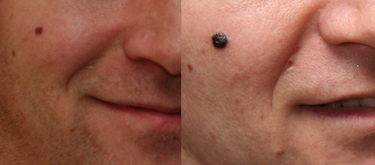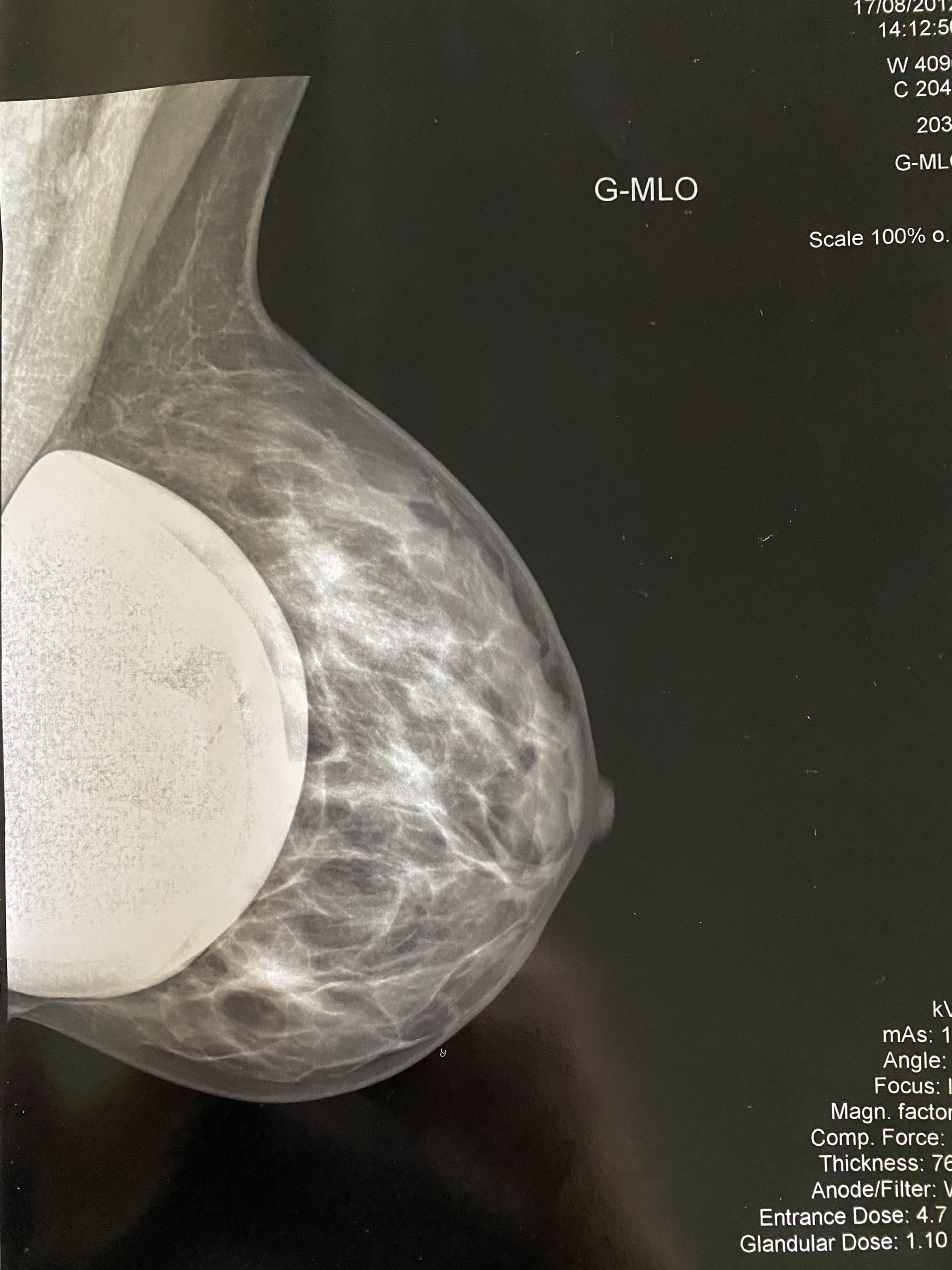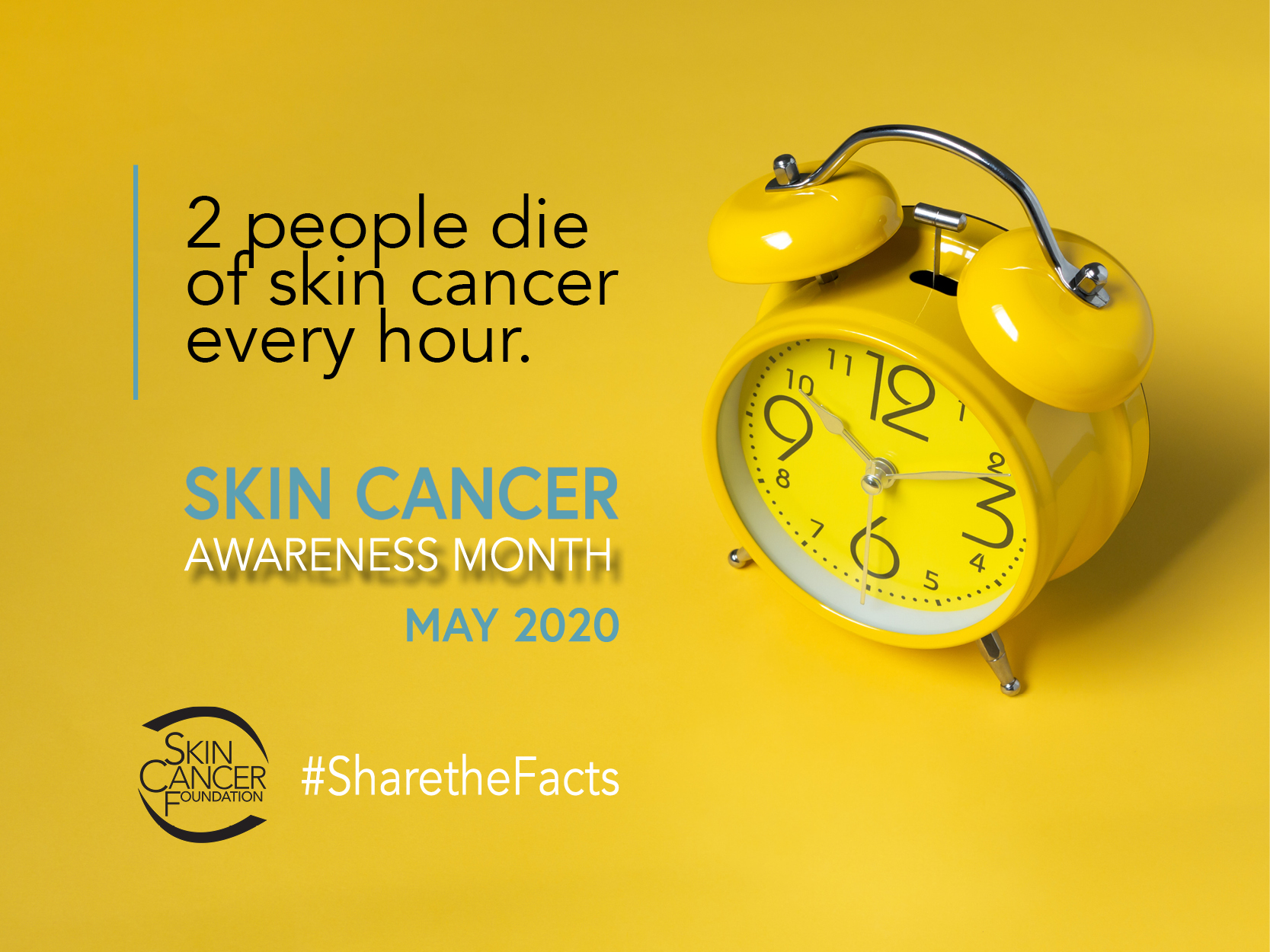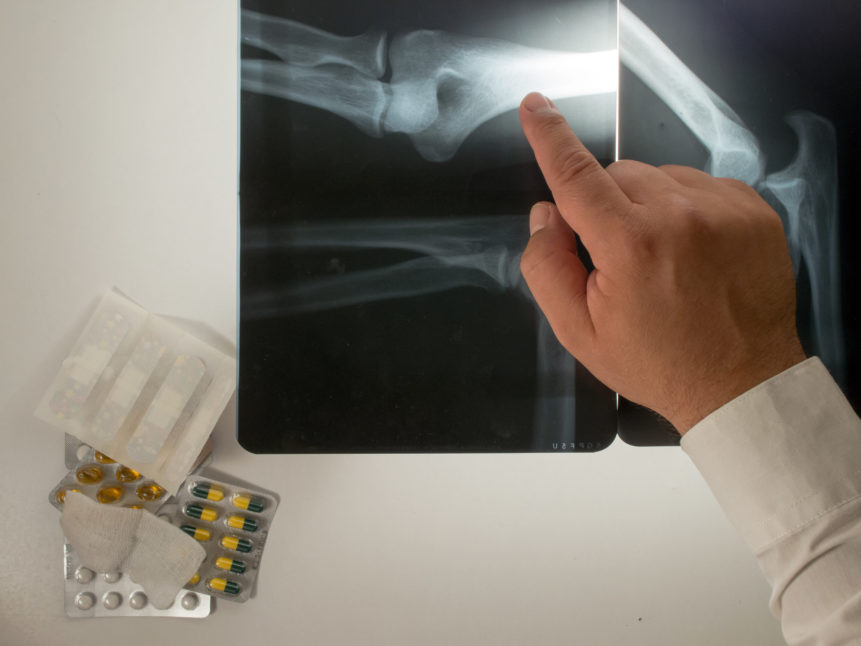Medical Negligence and the Dismissal of Patient Concerns: A Growing Patient Safety Crisis
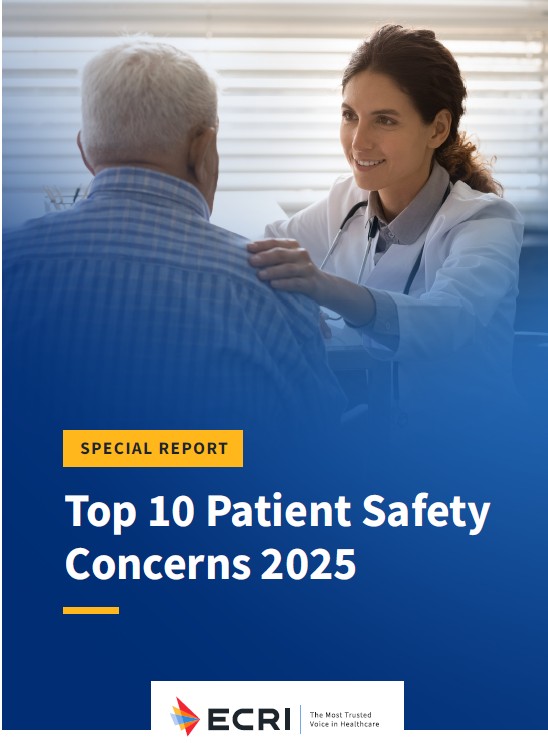 As medical malpractice attorneys, we know how devastating medical negligence can be — and one of the most overlooked yet dangerous forms of negligence is dismissing patient concerns. According to the ECRI Institute, this issue ranks as the #1 patient safety concern for 2025, and for good reason. When doctors ignore, downplay, or fail to investigate symptoms, they put their patients at risk for misdiagnosis, delayed treatment, and serious harm.
As medical malpractice attorneys, we know how devastating medical negligence can be — and one of the most overlooked yet dangerous forms of negligence is dismissing patient concerns. According to the ECRI Institute, this issue ranks as the #1 patient safety concern for 2025, and for good reason. When doctors ignore, downplay, or fail to investigate symptoms, they put their patients at risk for misdiagnosis, delayed treatment, and serious harm.
Unfortunately, this is not a rare occurrence. A 2023 survey found that 94% of patients reported having their symptoms ignored or dismissed by a doctor. In medical malpractice cases, we often see that this type of negligence results in worsened conditions, unnecessary suffering, and, in some cases, preventable deaths.
 New York Personal Injury Attorneys Blog
New York Personal Injury Attorneys Blog






